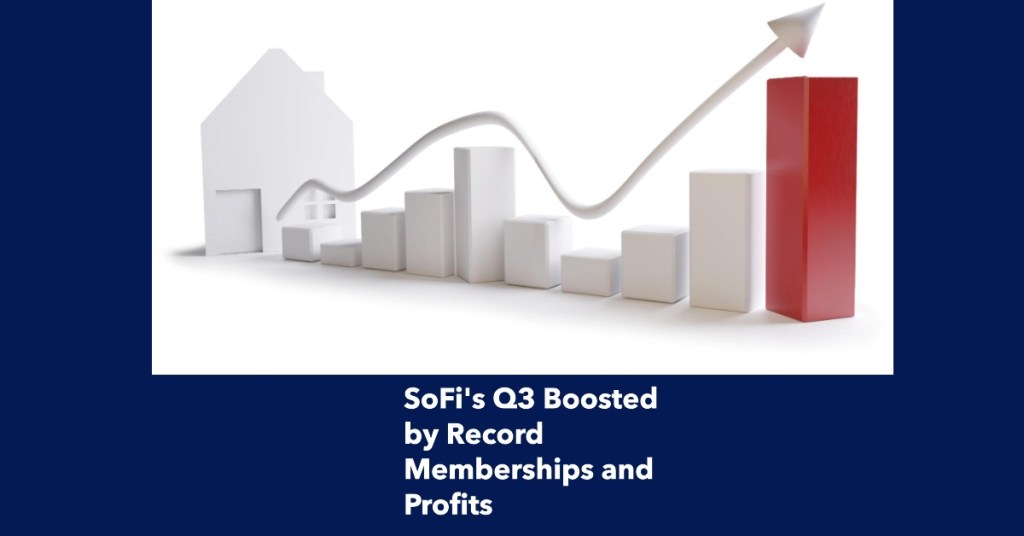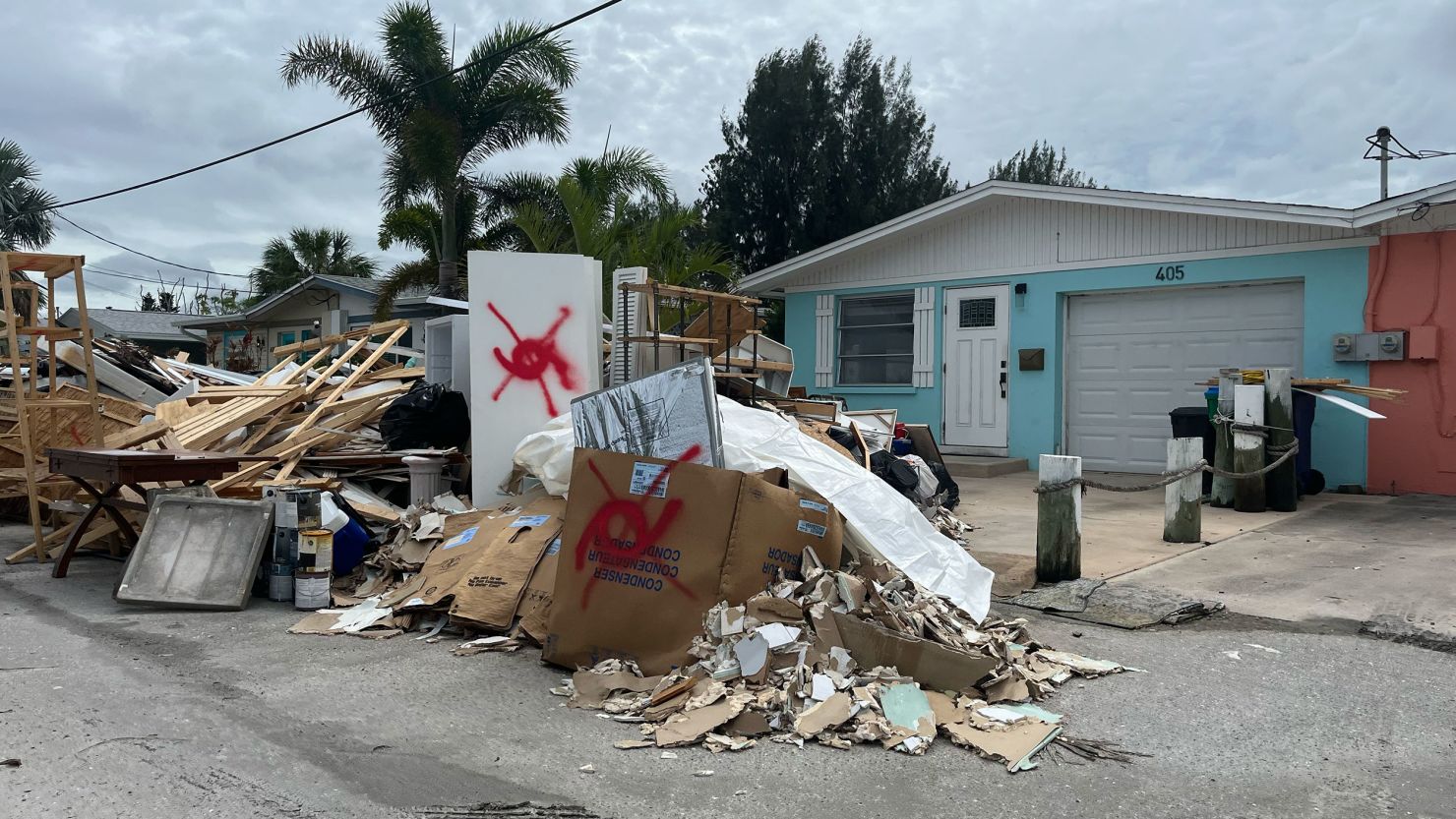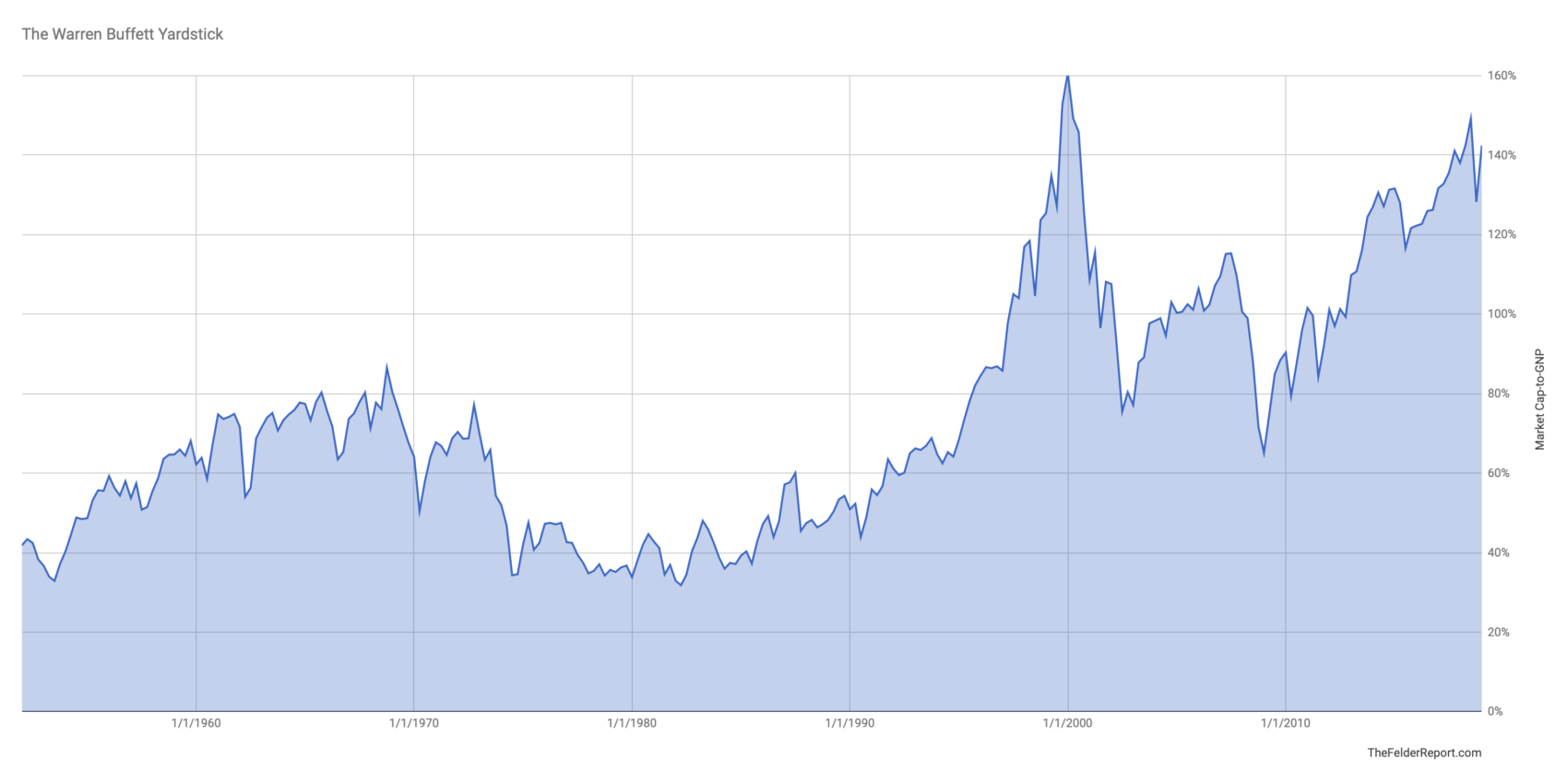Impact Of US Port Fee Hikes: Auto Carrier Estimates $70 Million In Potential Losses

Table of Contents
Significant Increase in US Port Fees and Their Impact on Auto Carriers
The specifics of the fee hikes vary depending on the port and the type of fee. However, reports indicate percentage increases ranging from 15% to 30% across major ports on the West and East Coasts. These increases affect various fees, including container handling charges, chassis fees, and terminal handling charges. These seemingly small increases add up to a significant financial burden on auto carriers.
-
Increased operational costs directly impacting profit margins: The added expense of US port fees directly eats into already tight profit margins for auto carriers, forcing many to re-evaluate their business models and potentially cut costs elsewhere. This may lead to job losses or reduced investment in fleet modernization.
-
Potential for reduced vehicle imports due to higher costs: Faced with substantially higher freight costs, some auto carriers may reduce the number of vehicles imported, leading to potential shortages in the market and impacting vehicle availability for consumers.
-
Pressure to pass increased costs onto consumers, leading to higher vehicle prices: Ultimately, much of the increased cost associated with US port fees will likely be passed on to consumers in the form of higher vehicle prices, making cars less accessible and potentially impacting overall sales. Industry analysts predict a potential increase of several hundred dollars per vehicle.
Ripple Effects Throughout the Automotive Supply Chain
The impact of increased US port fees extends far beyond auto carriers. The ripple effect significantly affects the entire automotive supply chain:
-
Impact on vehicle manufacturers: Manufacturers face delays in production due to port congestion and slower shipping times. Increased manufacturing costs, resulting from higher transportation expenses, further squeeze profit margins and could lead to production cuts. Sales could be impacted due to higher prices and reduced inventory.
-
Consequences for consumers: Consumers face higher vehicle prices, potential shortages of certain models, and longer delivery times. The affordability of new vehicles will be significantly impacted, affecting the overall demand and market dynamics.
-
Impact on related industries: Parts suppliers experience delays in receiving materials, leading to potential production disruptions. Dealerships face inventory challenges and pressure to increase prices. Logistics companies experience increased operational costs and decreased profitability.
-
Cascading effects:
- Increased price of new and used vehicles.
- Potential delays in vehicle repairs due to parts shortages.
- Impact on the overall economic health of the automotive sector. Reduced consumer spending on vehicles will have a knock-on effect across various related industries.
Strategies for Auto Carriers to Mitigate the Impact of Increased Port Fees
Auto carriers need to adopt proactive strategies to mitigate the impact of these increased port fees:
-
Negotiating with ports: Direct negotiation with ports could potentially lead to favorable rate adjustments or more flexible payment terms.
-
Optimizing shipping routes: Analyzing and optimizing shipping routes, including exploring alternative ports or shipping lines, can help reduce overall transportation costs.
-
Exploring alternative transportation modes: In certain cases, exploring alternative transportation methods, such as rail transport for certain sections of the journey, can prove cost-effective.
-
Technological solutions:
- Improved cargo consolidation: Reducing the number of shipments through better consolidation can minimize handling fees.
- Efficient inventory management systems: Precise inventory management helps in optimizing shipment scheduling and minimizing unnecessary transportation.
- Advanced logistics software: Investing in sophisticated software can optimize routes, predict delays, and improve overall efficiency.
- Diversification of shipping routes and ports: Reducing reliance on specific ports by diversifying routes mitigates risk associated with individual port fee increases or congestion.
The Broader Context of Port Congestion and Supply Chain Disruptions
The fee hikes exacerbate existing challenges like port congestion and broader supply chain disruptions. These issues have been compounded by several factors, including the global pandemic, geopolitical instability, and increased consumer demand.
-
Cumulative effect: The increase in US port fees is just one factor contributing to escalating shipping costs. The cumulative impact of multiple factors significantly impacts the overall cost of transporting vehicles.
-
Long-term solutions: Addressing port congestion requires long-term solutions focusing on infrastructure improvements, technological advancements, and better coordination between stakeholders.
-
Collaboration is key: Effective collaboration between government agencies, ports, shipping companies, and auto manufacturers is crucial for improving the efficiency and resilience of the automotive supply chain.
Conclusion
The significant impact of US port fee hikes on auto carriers and the broader automotive industry cannot be overstated. The estimated $70 million in potential losses highlights the urgency of the situation. These increased fees lead to higher vehicle prices, potential shortages, and disruptions across the entire supply chain. To mitigate these challenges, auto carriers must explore various strategies, including route optimization, technological advancements, and negotiation with port authorities. Staying informed about developments in US port fees and their impact is critical for all stakeholders. Learn more about how US port fee hikes are impacting your business and stay updated on the latest news regarding US port fee increases and their effects on the auto industry.

Featured Posts
-
 Gold Price Record Rally Bullion As A Trade War Safe Haven
Apr 26, 2025
Gold Price Record Rally Bullion As A Trade War Safe Haven
Apr 26, 2025 -
 Abb Vies Q Quarter Earnings Upbeat Guidance Driven By New Drug Sales
Apr 26, 2025
Abb Vies Q Quarter Earnings Upbeat Guidance Driven By New Drug Sales
Apr 26, 2025 -
 Florida A Cnn Anchors Favorite Place To Visit
Apr 26, 2025
Florida A Cnn Anchors Favorite Place To Visit
Apr 26, 2025 -
 American Battleground Taking On The Worlds Wealthiest In A Legal Battle
Apr 26, 2025
American Battleground Taking On The Worlds Wealthiest In A Legal Battle
Apr 26, 2025 -
 Bof As Reassuring View Are High Stock Market Valuations Really A Worry
Apr 26, 2025
Bof As Reassuring View Are High Stock Market Valuations Really A Worry
Apr 26, 2025
